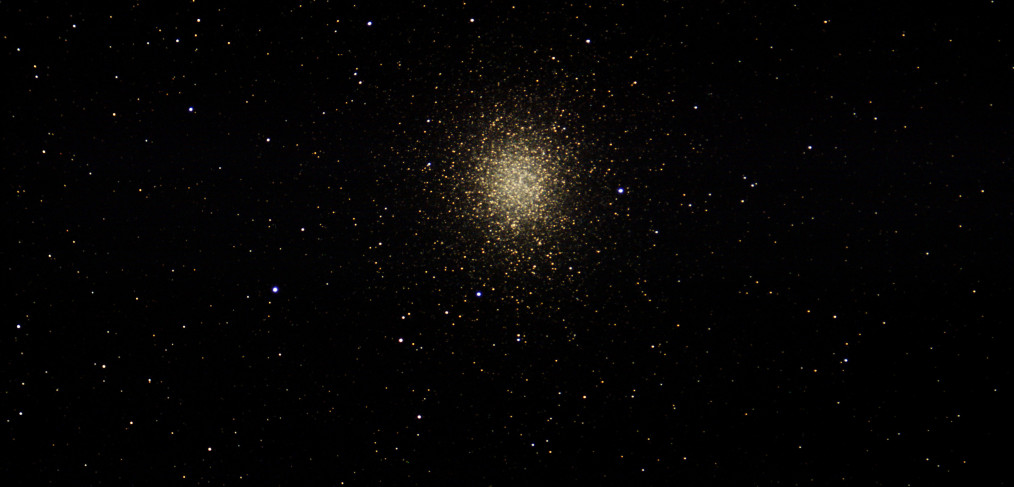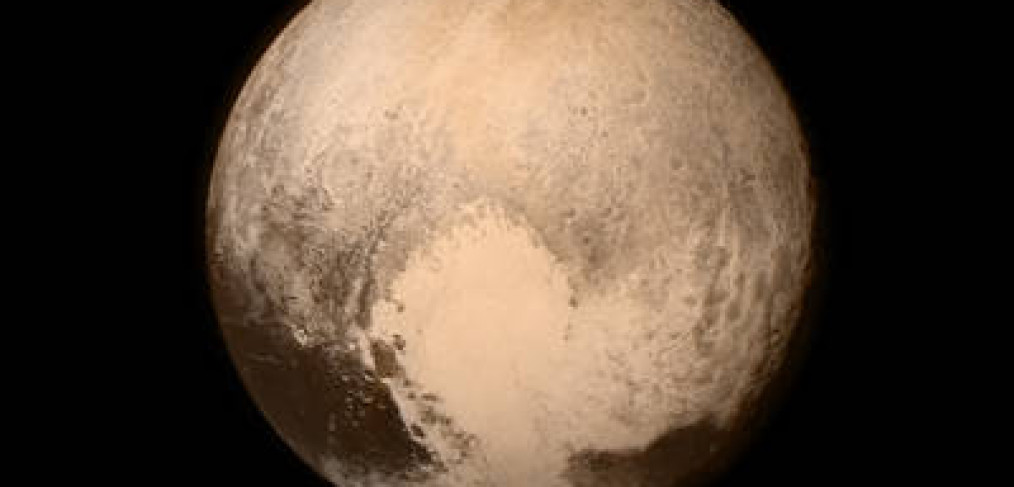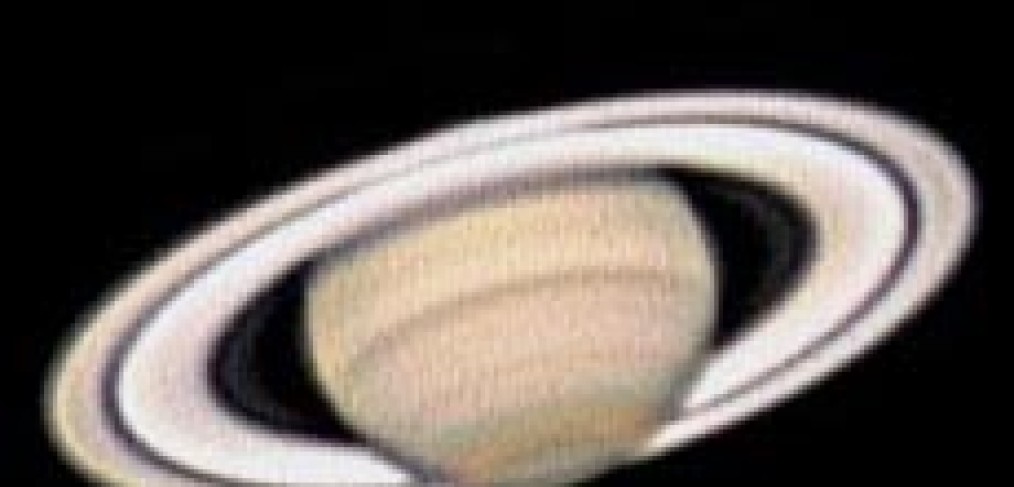Globular Clusters a Mass of Small Stars Globular Clusters are ancient balls of stars in the halos of galaxies. Most that orbit the Milky Way are over 10 billion years old and are arranged spherically around the galactic core. It is axiomatic that the most massive stars run out of fuel quickly and at this… Continue Reading Globular Clusters
From Planet to Dwarf Planet then Kuiper Belt Object Pluto, since originally being deemed a Planet in 1930 by Clyde Tombaugh, our conception of the Solar System has continually evolved. In 2006, a new definition of “Planet” was adopted and Pluto was relegated to Dwarf Planet status. Beginning in 1992, many other objects beyond Neptune… Continue Reading Pluto
Distances in Space Space is vast and to try and measure it we must use distance measurement units unfamiliar on Earth. Astronomers decided to use the speed of light as the basic unit of measure since it is a universal constant: 186,282 miles (~300,000 km) per second in a vacuum. That would put the Moon… Continue Reading Cosmic Distance Ladder
The Moon moves about 13 degrees per day to the east The Moon orbits the Earth in 27.32 days. The result is that it rises about 50 minutes later each day. The Moon is a poor reference point for stars and planets in the sky as it moves quite far each day. The Moon will… Continue Reading The Moon
Saturn viewing season has begun for 2015 Saturn rises early in the evening and rides high in the sky by midnight. Saturn is the farthest planet visible to the casual astronomer with no telescope looking like a bright yellowish star at +0.1 magnitude at the western end of Scorpius. It is over 893 million miles… Continue Reading Saturn Viewing Season





